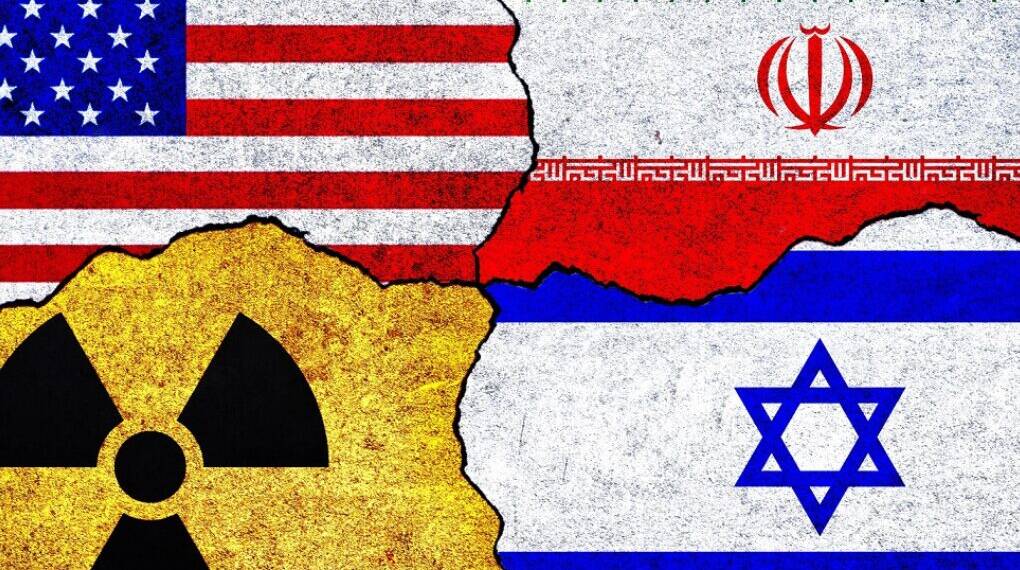In a stunning display of strategic subterfuge, Israel’s recent aerial assault on Iran — now being described as a “historic opening strike” — was enabled by a complex deception campaign that misled not only the Iranian regime but also segments of the global diplomatic community.
While headlines focused on renewed nuclear negotiations between the U.S. and Iran, with high-level talks set to resume this Sunday in Oman, Israeli planners were executing a parallel track: one of covert military planning and psychological misdirection.
The Deception Strategy
Revolutionary Guards Commander Hossein Salami accused the U.S. of attempting to “deceive us through negotiations,” a claim that now appears grounded in unfolding realities. According to Israeli sources, the dialogue around a peaceful nuclear settlement was intentionally used as a smokescreen — not to foster diplomacy, but to ensure tactical surprise.
Dubbed internally as an “operation of deception,” this strategy was reportedly conceived at the highest levels of Israel’s security and intelligence community. Media narratives and diplomatic leaks were carefully orchestrated to lull Tehran into a false sense of stability, effectively keeping Iran’s top military and nuclear personnel in predictable locations.
Intelligence and Execution
The strike was made possible through a year-long buildup of intelligence breakthroughs. According to Brigadier General Effie Defrin, the IDF had gathered conclusive evidence of a clandestine Iranian nuclear weapons development program — allegedly involving covert experiments by elite Iranian scientists.
Following this discovery, the Israeli military formed specialized units within Aman (military intelligence) and the Israel Air Force, tasked with planning a surgical campaign. The operation was reportedly approved by Prime Minister Benjamin Netanyahu, Defense Minister Israel Katz, and IDF Chief of Staff Major General Eyal Zamir.
The strike’s primary targets were not just facilities — they were people. Reports now confirm the deaths of the Iranian Chief of Staff and the Commander of the Revolutionary Guards, marking this not only as a military action, but as a leadership decapitation strategy.
Tactical Surprise and Psychological Warfare
The broader deception campaign included official statements suggesting Israeli envoys were engaged in U.S. diplomacy, including a fabricated mission involving Mossad Director David Barnea and Minister Ron Dermer. This announcement, delivered just hours before the operation, served to reinforce Iran’s misperception that military escalation was off the table.
Multiple operational scenarios had been reviewed in Israeli cabinet meetings weeks prior. The one ultimately chosen involved simultaneous strikes on critical figures and infrastructure, with some targets hit already and others still in motion.
Tensions with Washington
Despite coordination, the operation was not without friction. Sources indicate that President Donald Trump expressed reservations about the timing and necessity of a direct strike. Netanyahu, however, argued that Iran had crossed a “red line,” leaving no choice but preemptive action.
While U.S. intelligence was kept in the loop, Israel’s unilateral planning reflected a growing urgency to neutralize what it viewed as an existential nuclear threat, regardless of diplomatic optics.
Also read: Is this the Spark for World War III? Israel’s ‘Operation Rising Lion’ on Iran Explained
What Comes Next?
As the dust settles on the initial wave of attacks, what becomes clear is the sophistication of Israel’s blend of psychological operations, precision targeting, and international maneuvering. It wasn’t just a missile strike — it was a masterclass in state-level deception.
This moment is poised to redefine military doctrine in the Middle East, showing that in modern warfare, perception may be as important as power.








